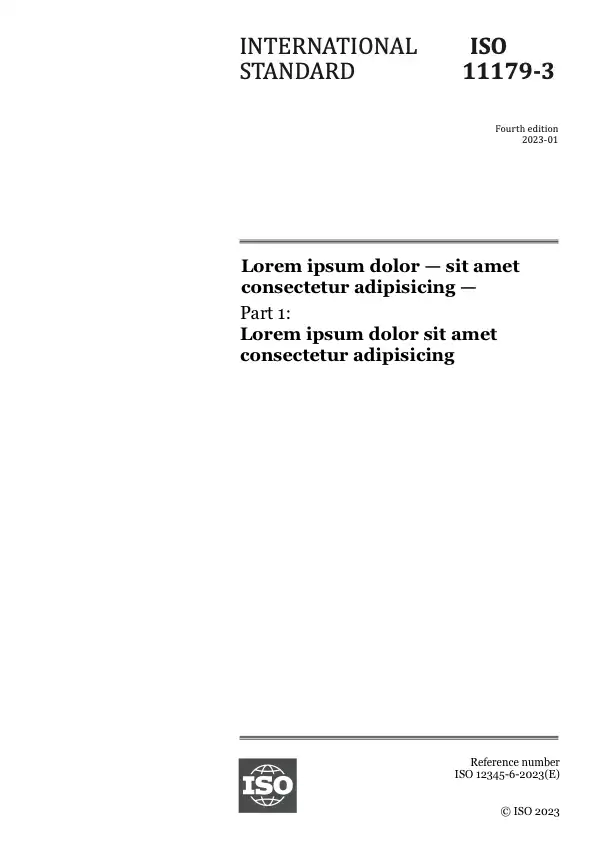Тезис
This document specifies the identification and the measurement of the activity in soils of a large number of gamma-emitting radionuclides using gamma spectrometry. This non-destructive method, applicable to large-volume samples (up to about 3 l), covers the determination in a single measurement of all the γ-emitters present for which the photon energy is between 5 keV and 3 MeV.
Generic test method and fundamentals using gamma-ray spectrometry are described in ISO 20042.
This document can be applied by test laboratories performing routine radioactivity measurements as a majority of gamma-emitting radionuclides is characterized by gamma-ray emission between 40 keV and 2 MeV.
The method can be implemented using a germanium or other type of detector with a resolution better than 5 keV.
This document addresses methods and practices for determining gamma-emitting radionuclides activity present in soil, including rock from bedrock and ore, construction materials and products, pottery, etc. This includes such soils and material containing naturally occurring radioactive material (NORM) or those from technological processes involving Technologically Enhanced Naturally Occurring Radioactive Materials (TENORM) (e.g. the mining and processing of mineral sands or phosphate fertilizer production and use) as well as of sludge and sediment. This determination of gamma-emitting radionuclides activity is typically performed for the purpose of radiation protection. It is suitable for the surveillance of the environment and the inspection of a site and allows, in case of accidents, a quick evaluation of gamma activity of soil samples. This might concern soils from gardens, farmland, urban or industrial sites that can contain building materials rubble, as well as soil not affected by human activities.
When the radioactivity characterization of the unsieved material above 200 μm or 250 μm, made of petrographic nature or of anthropogenic origin such as building materials rubble, is required, this material can be crushed in order to obtain a homogeneous sample for testing as described in ISO 18589‑2.
Preview
Общая информация
-
Текущий статус: ОпубликованоДата публикации: 2023-07
Исправленный вариант (Французский): 2023-11Этап: Опубликование международного стандарта [60.60] -
Версия: 3
-
Технический комитет :ISO/TC 85/SC 2
- RSS обновления
Жизненный цикл
-
Ранее
ОтозваноISO 18589-3:2015
-
Сейчас
-
00
Предварительная стадия
-
10
Стадия, связанная с внесением предложения
-
20
Подготовительная стадия
-
30
Стадия, связанная с подготовкой проекта комитета
-
40
Стадия, связанная с рассмотрением проекта международного стандарта
-
50
Стадия, на которой осуществляется принятие стандарта
-
60
Стадия, на которой осуществляется публикация
-
90
Стадия пересмотра
-
95
Стадия, на которой осуществляется отмена стандарта
-
00
Появились вопросы?
Ознакомьтесь с FAQ
Часы работы:
Понедельник – пятница: 09:00-12:00, 14:00-17:00 (UTC+1)
